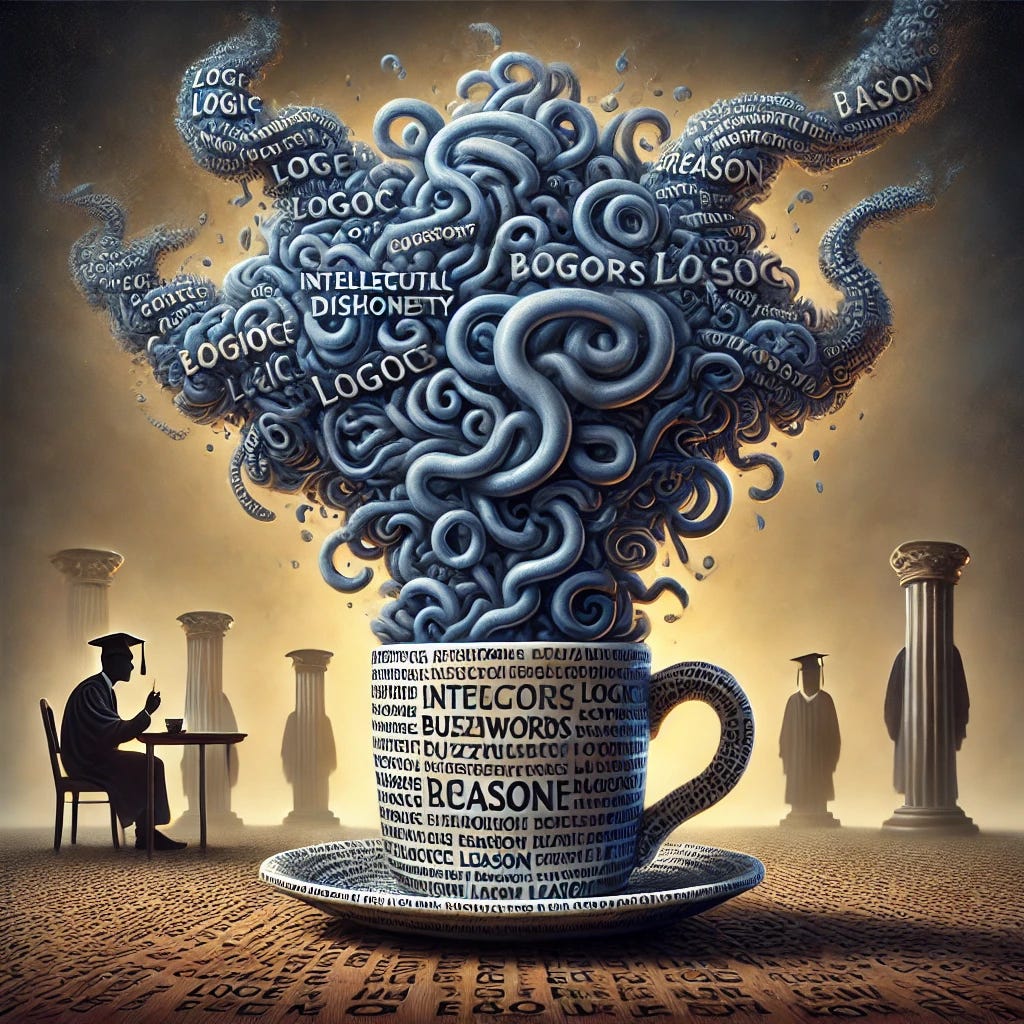The Cretin’s Guide to Understanding The Top Eleven Modern Buzzwords
There were twelve tablets, but one broke when coming down off Mount Grievance.
If you believe in the importance of free speech, subscribe to support uncensored, fearless writing—the more people who pay, the more time I can devote to this. Free speech matters. I am a university professor suspended because of a free speech issue, so I am not speaking from the bleachers. The button below takes you to that story.
Please subscribe and get at least three pieces /essays per week with open comments. It’s $6 per month and less than USD 4. I know everyone says hey, it’s just a cup of coffee (with me, not per day but just one per month), but if you’re like me, you go, “Hey, I only want so many cups of coffee!”
But I only ask that when you choose your coffee, please choose mine. Cheers.
Let’s be honest: modern buzzwords are like intellectual fog machines with speakers that continually play Wagner. They sound complex, important, and thoughtful—until you try to figure out what they mean.
At their core, most of these words were invented to describe perfectly obvious ideas in the most convoluted way possible, often to intimidate, obscure, or dress up stupid ideas with many syllables and pretensions.
They are also rhetorical ‘take your ball and go home words’, magic words by which users think their use ends conversations and grants them victory.
This guide strips away the academic nonsense and gives you the real translation—what the word means versus what the person who invented it was trying to say.
Keep reading with a 7-day free trial
Subscribe to Freedom to Offend to keep reading this post and get 7 days of free access to the full post archives.




